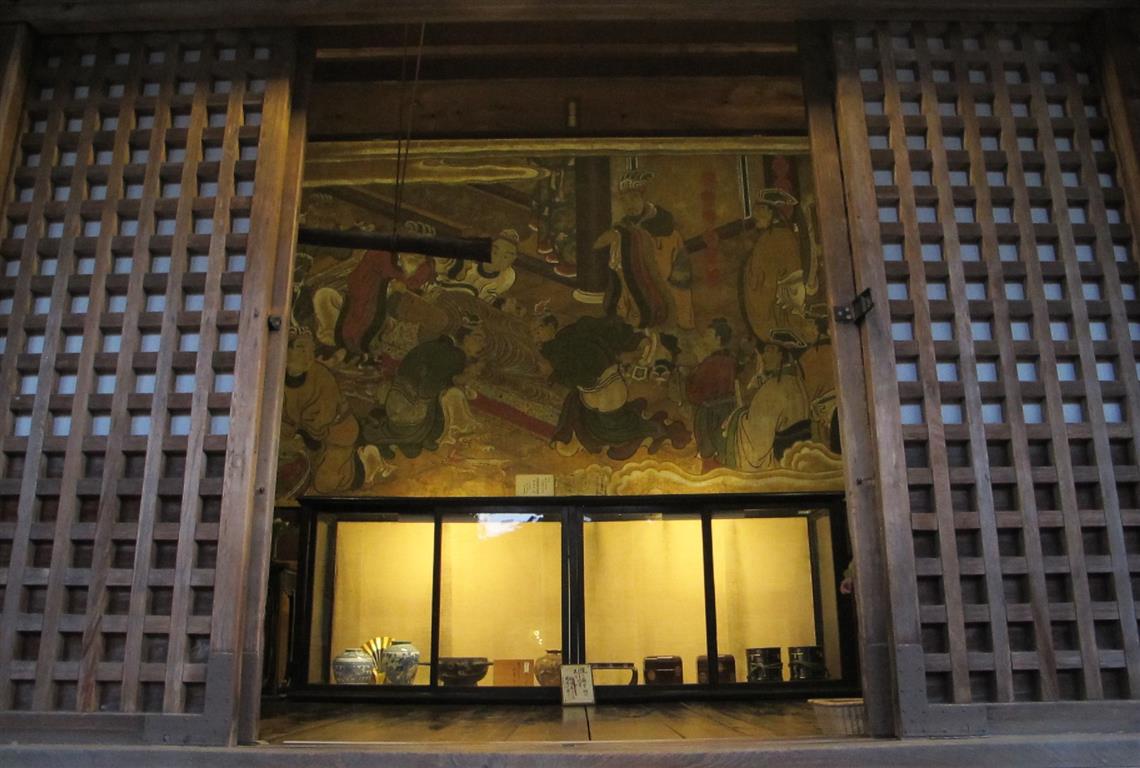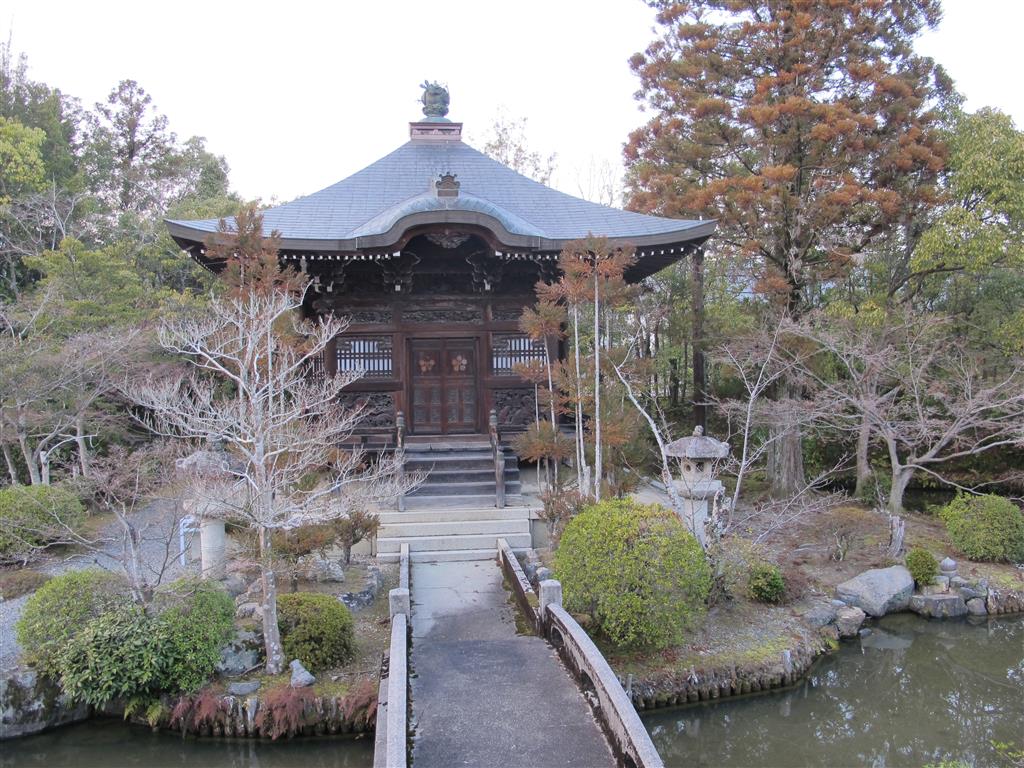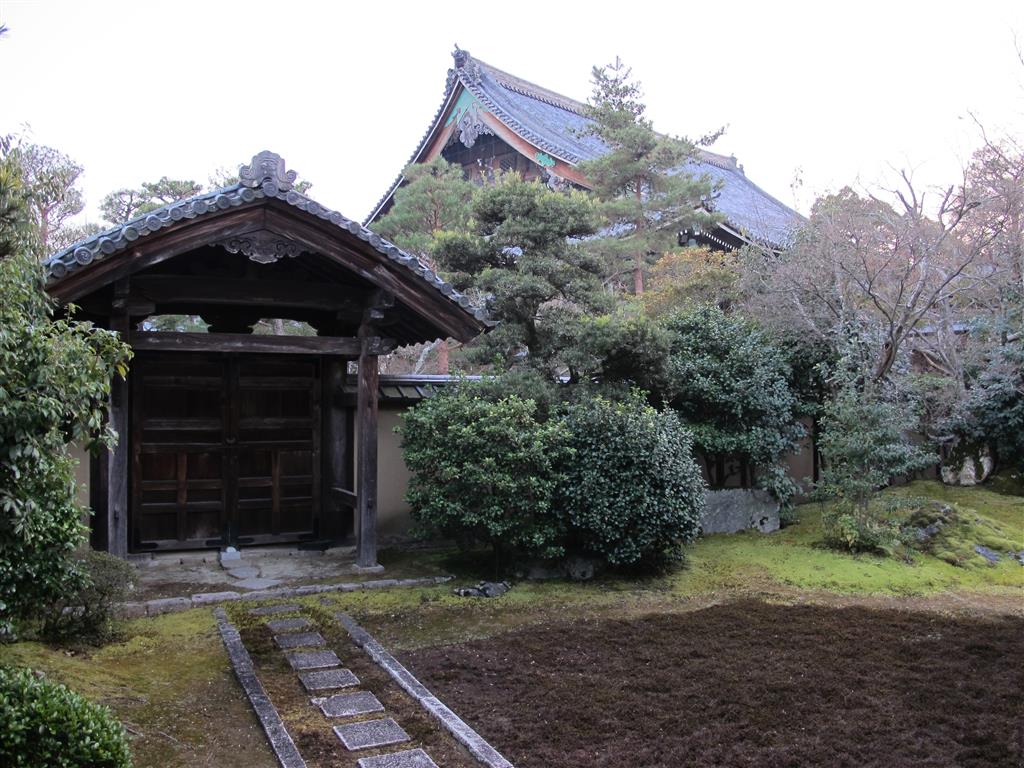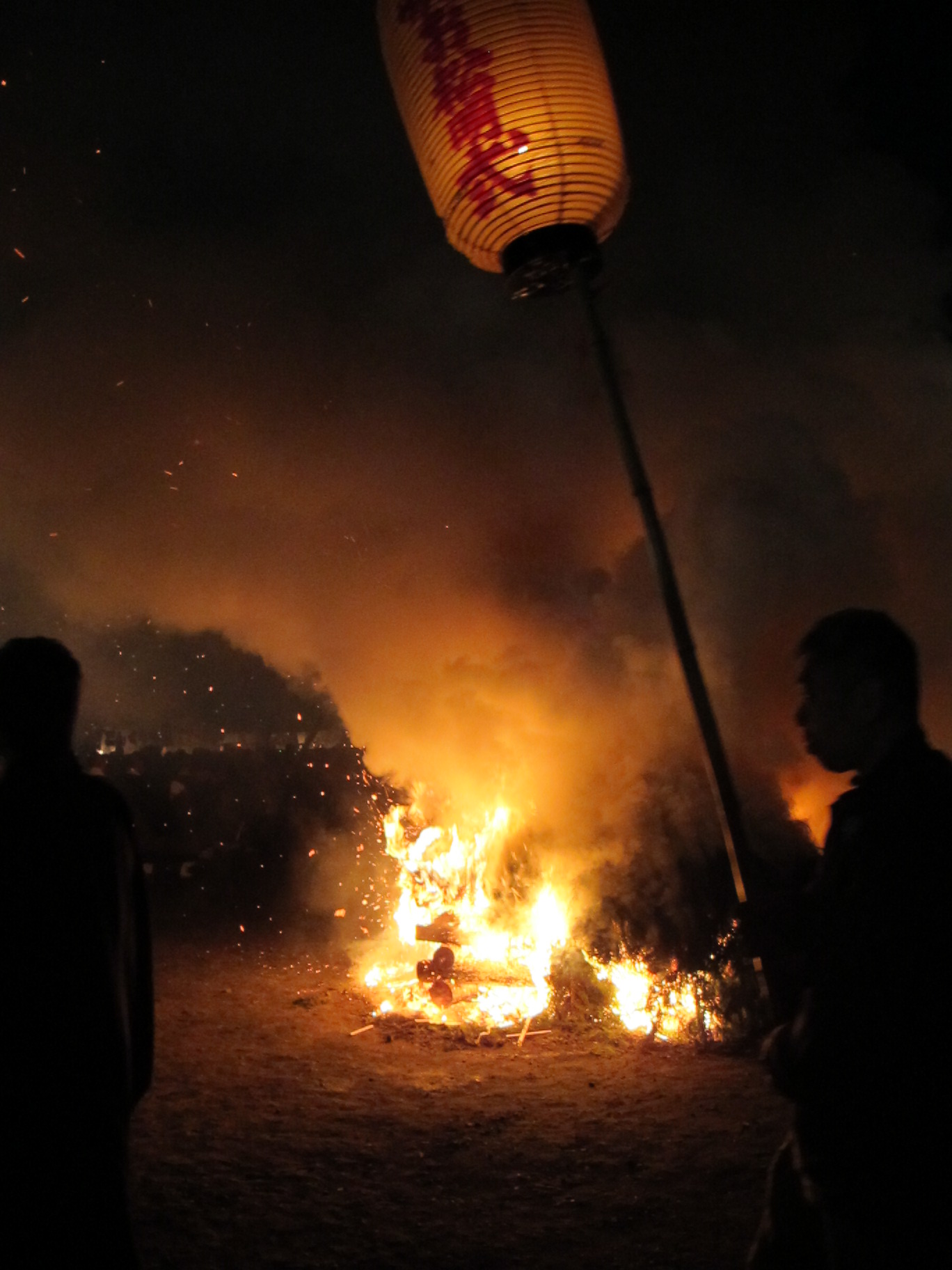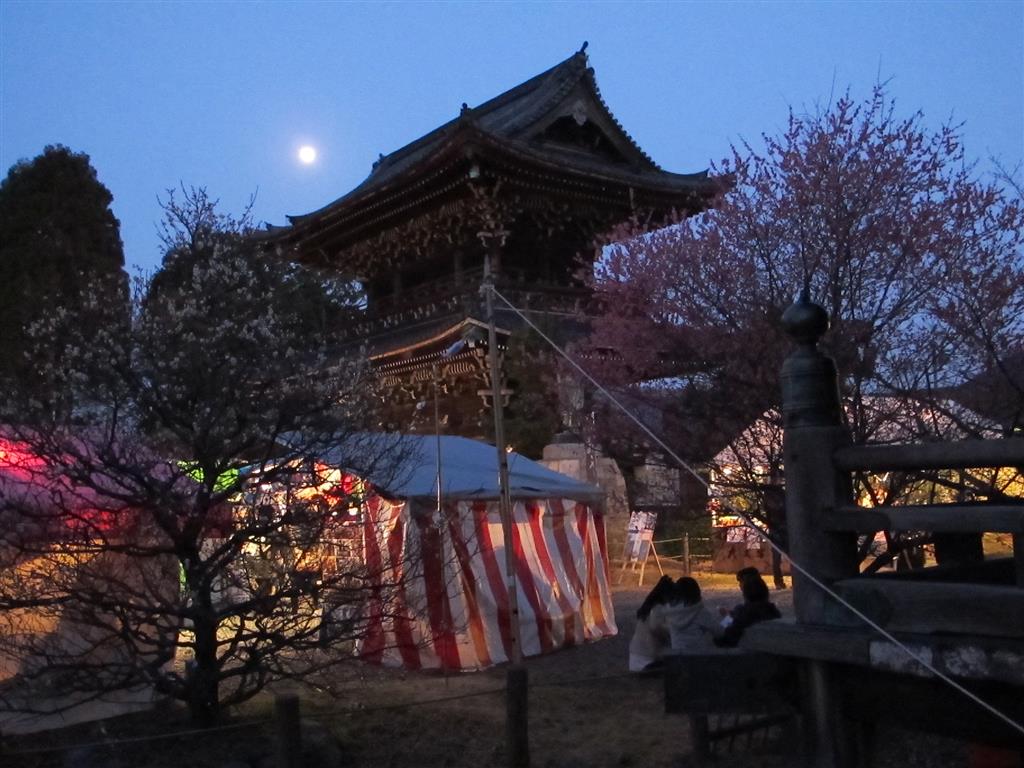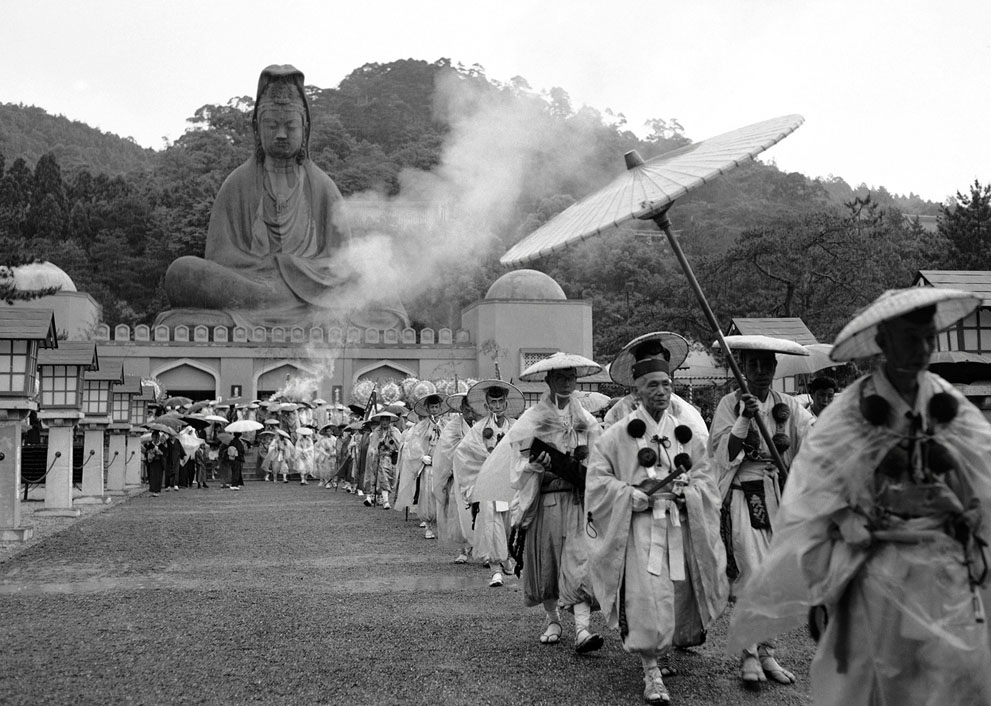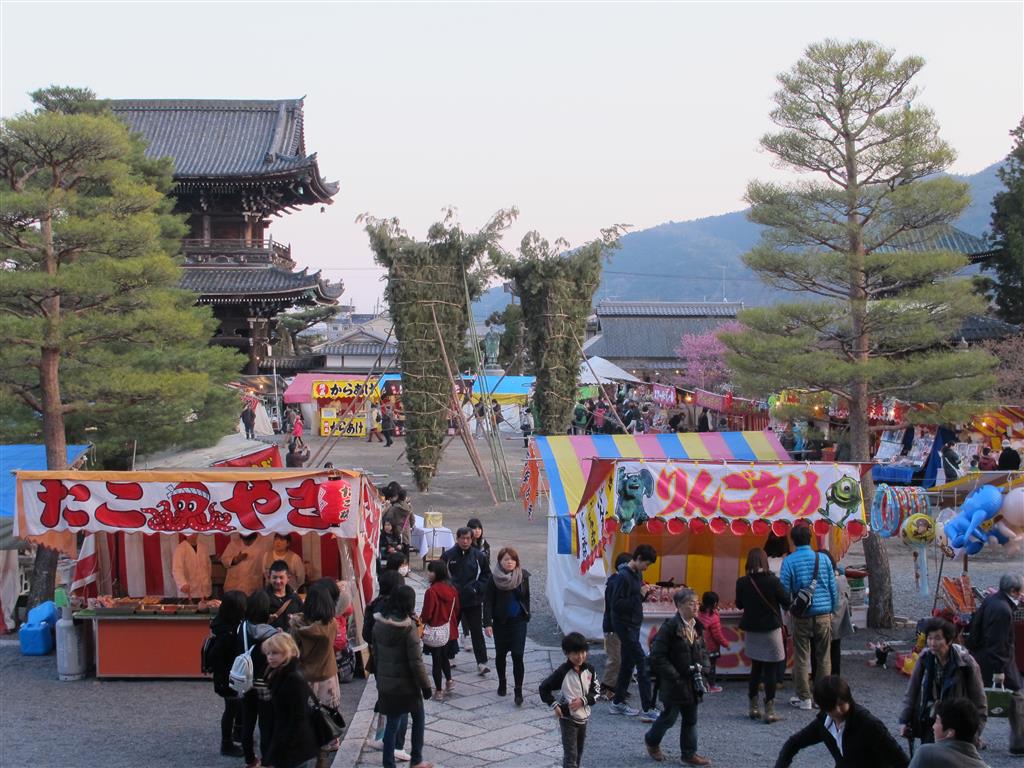
Many temples hold special ceremonies on March 15th to commemorate the Buddha’s death, or passing into Nirvana (Nehan 涅槃 in Japanese). One of the more spectacular and eventful commemorations is at SeiryÅ-ji temple in Saga. There are a number of reasons why you might want to attend this particular event.
- On this day only, entry to the temple interior is free.
- It has a real local festival feel with food stalls set up all about the temple grounds.
- Traditional KyÅgen comedy performances are held throughout the day.
- There is a huge fire festival in the evening.
Mewby and I visited SeiryÅ-ji for last year’s Nehan-e (涅槃会), so here are some pictures from our visit.
SeiryÅ-ji Temple
Naturally we took advantage of the free entry to the temple interior and gardens. Normally this would cost us 400 yen each, but on this day alone there is no charge!
Many Buddhist artworks of incredible detail are on display inside the temple. In contrast the gardens provide space for peaceful reverie.
Take a look around yourself!
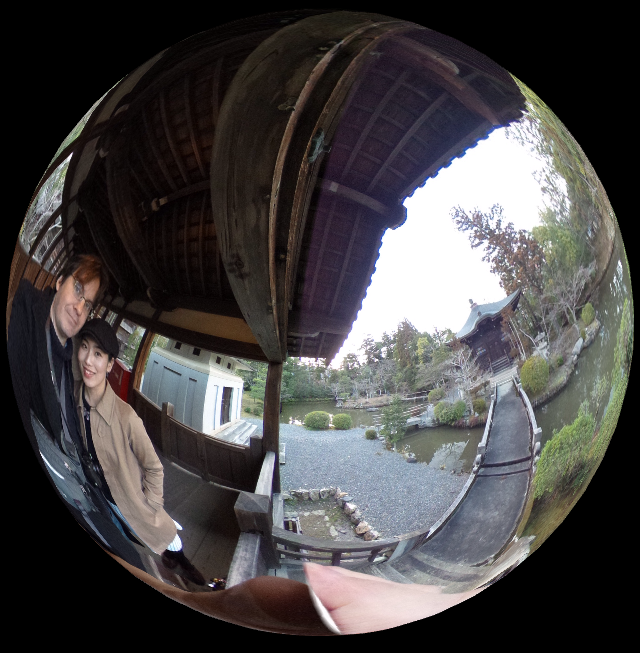
KyÅgen Comedies

Saga KyÅgen is a form of medieval mummer’s play, performed completely without words and so very easy to understand, even for non-Japanese. Accompanied by drum and gong, the masked performers, use exaggerated miming to convey very simple plots. The play we saw, concerned a visit to SeiryÅ-ji temple by a beautiful mother and her less than beautiful daughter.
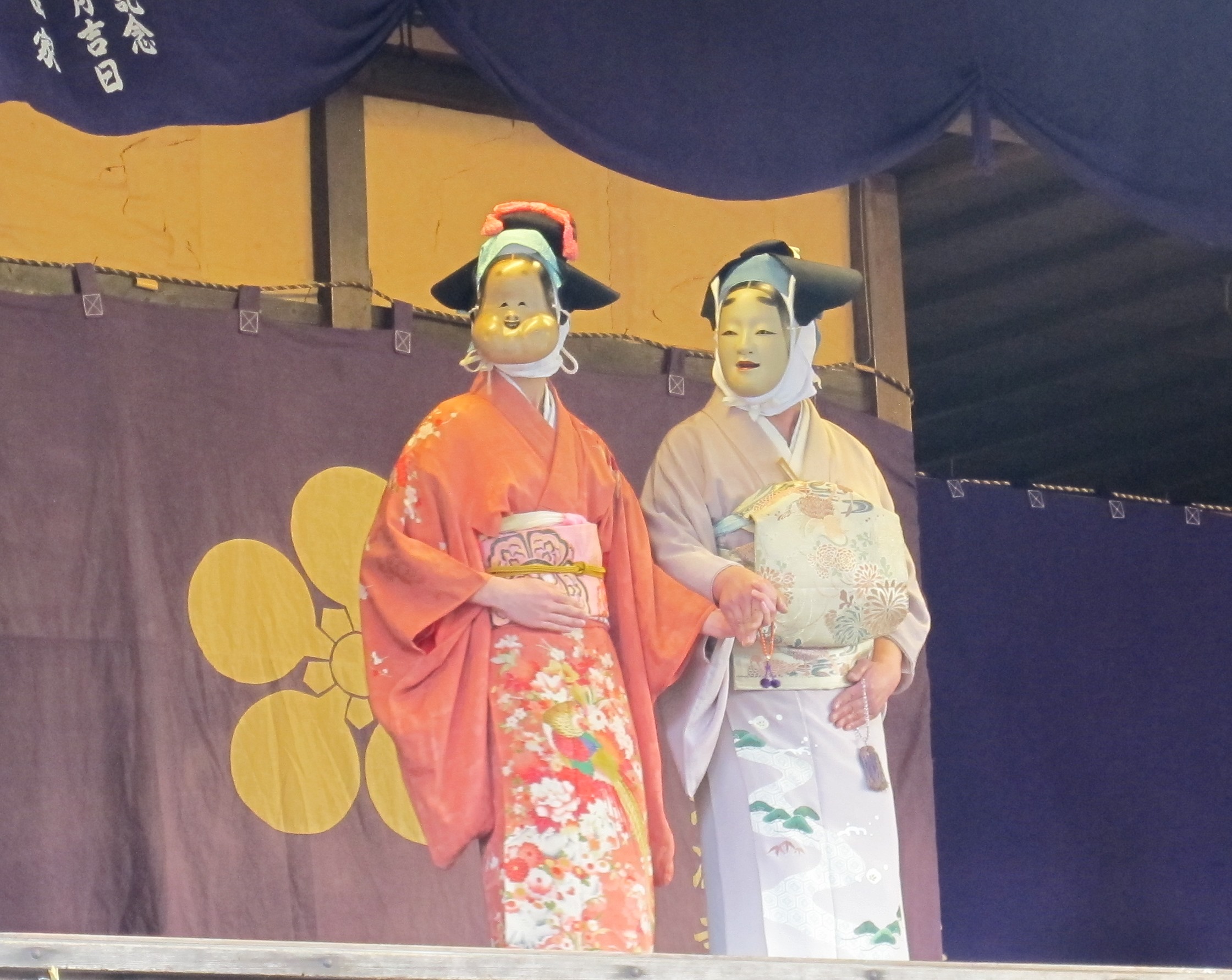
So beautiful is the mother that monks become overly excited in her presence and welcome her warmly. Naturally, the plainer daughter gets a colder reception. Not very subtle I know, but the play does contain some religious satire. SeiryÅ-ji is famous for its rarely displayed sandalwood statue of the Buddha. This statue is held to be so sacred it is termed a “living Buddha”. In the KyÅgen comedy, the Buddha literally comes to life, turning away from the plain-faced daughter, and actually running off with her mother instead!

Naturally, both the daughter and the monks are very upset by this, but not to worry. There is a Japanese expression, 蓼食ã†è™«ã‚‚好ã好ã, or “some prefer nettles”, which means that beauty is very much in the eye of each beholder – and so the homely daughter also finds true love in the end!
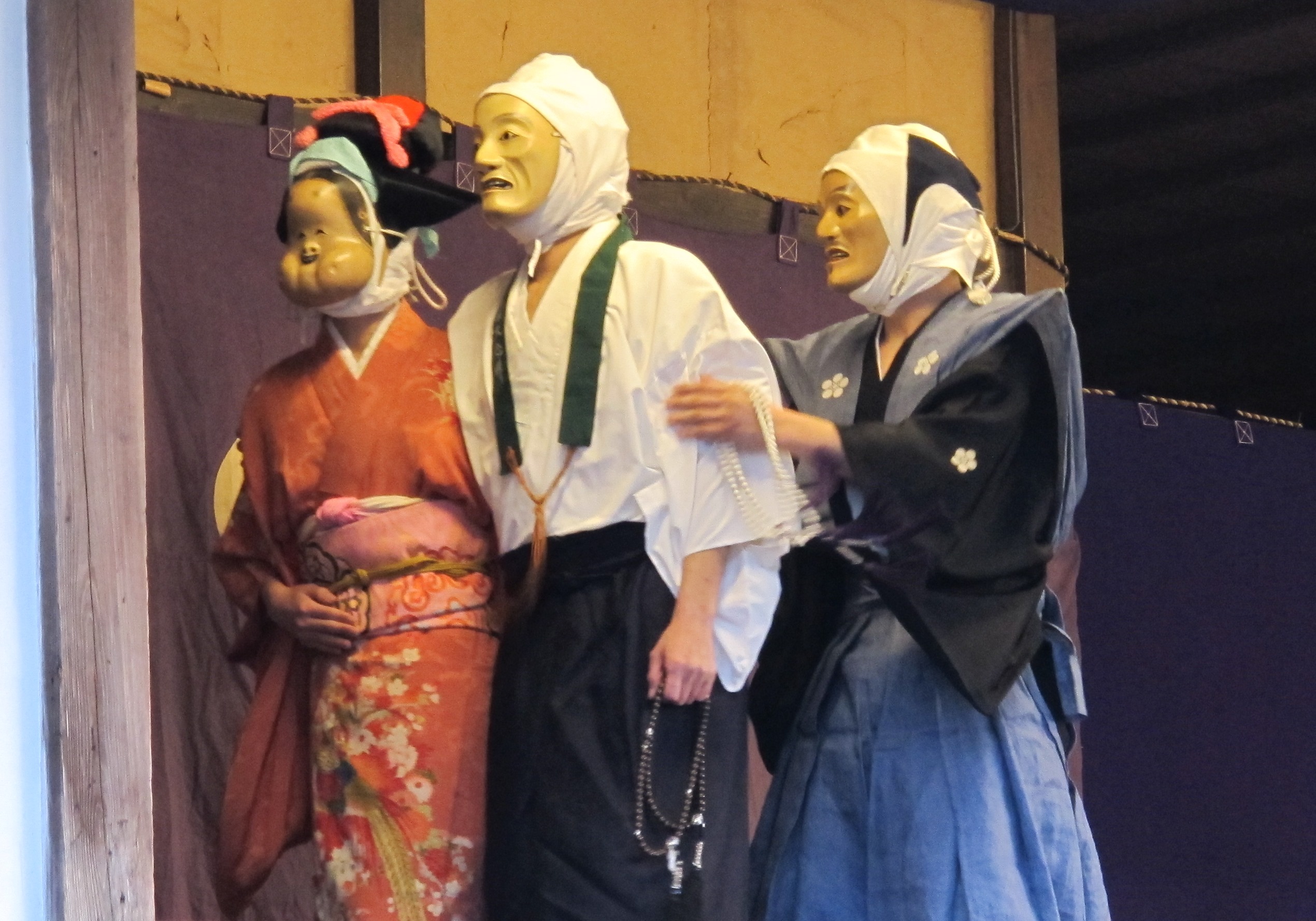
The Fire Ceremony
Saga no hashira taimatsu, (嵯峨ã®æŸ±æ¾æ˜Ž) is part of a religious ceremony commemorating Buddha’s passing from this world into Nirvana. The ceremony begins around 8pm and the two giant torches are set alight at 8.30. You need to get there early though, if you want a decent view.
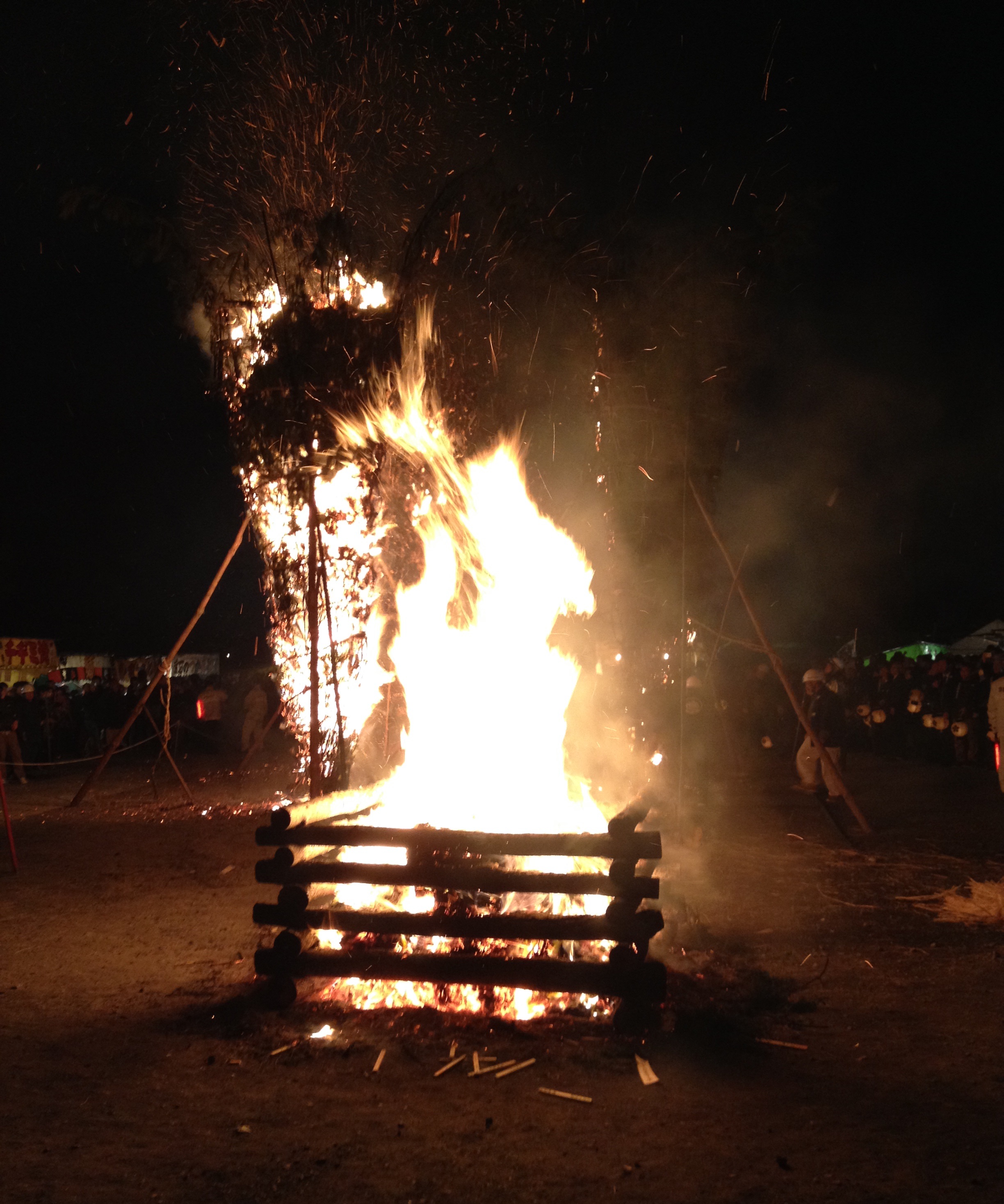
I’ve read that the condition of the fire can be used to divine the fortunes of the coming year.
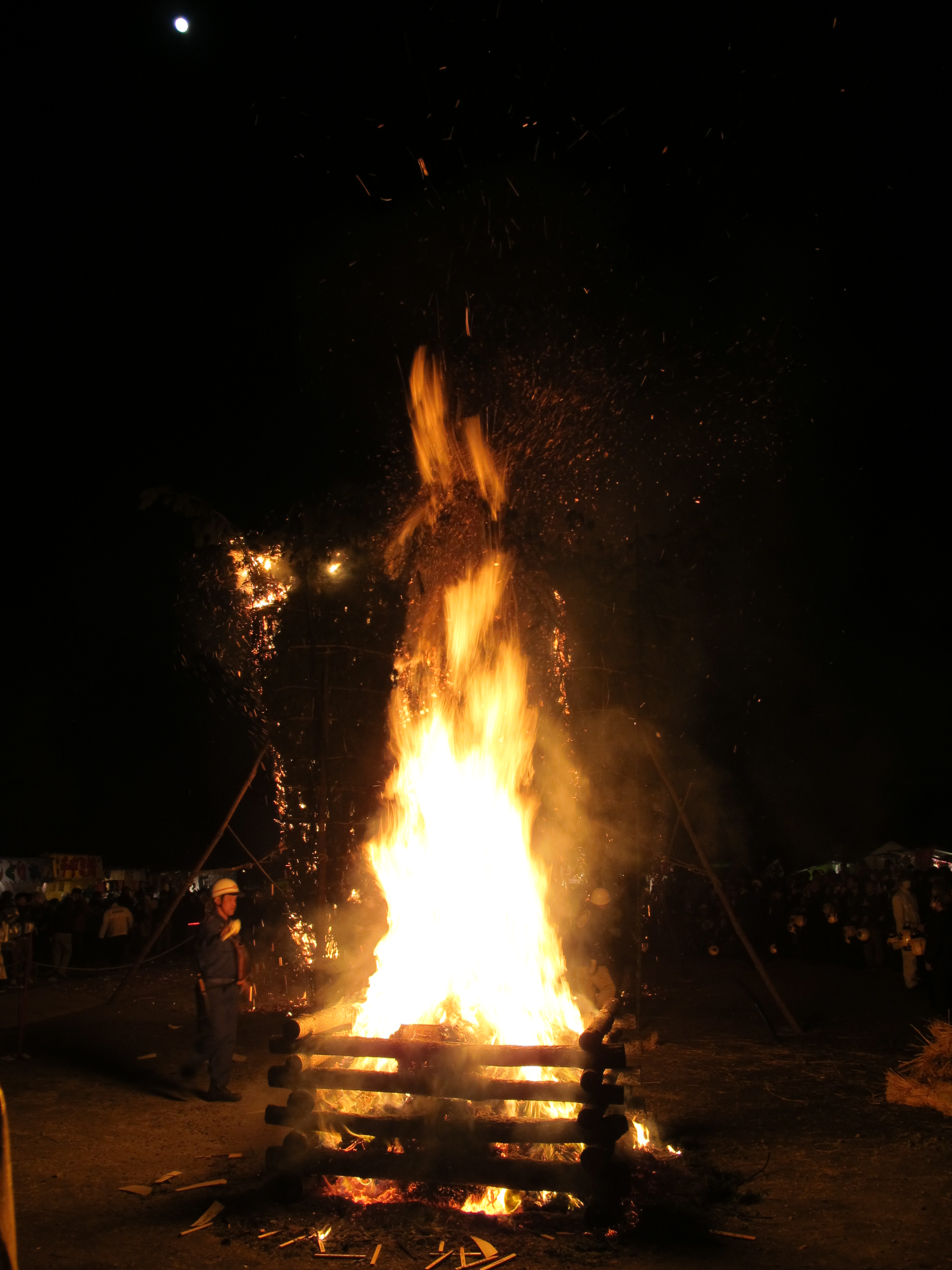
As the fires blaze, monks from the temple parade around bearing lanterns and chanting sutras.
The fires really do reach quite high and send their sparks up to the heavens.
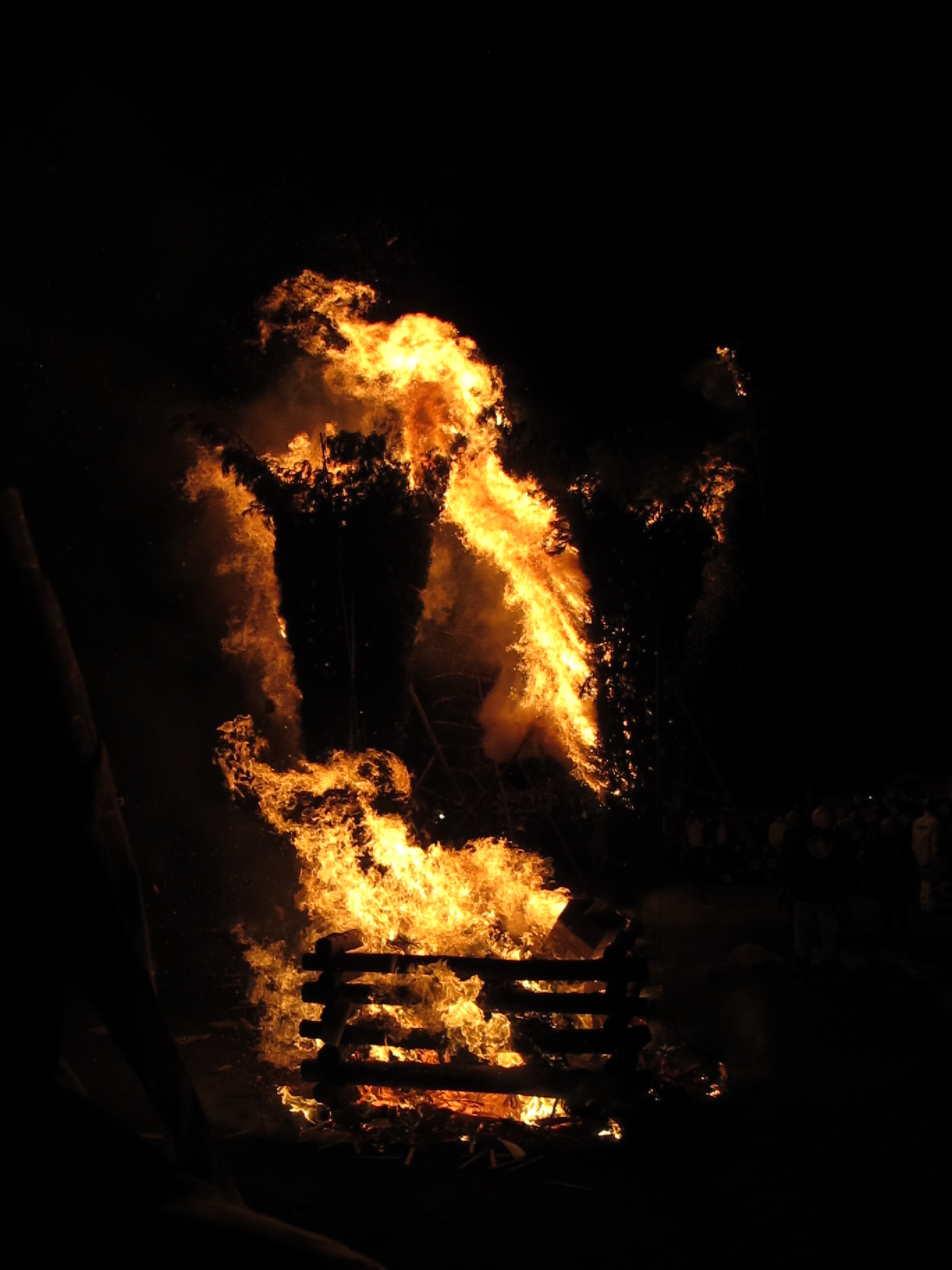
My pictures don’t really do the experience justice, so take a look for yourself!
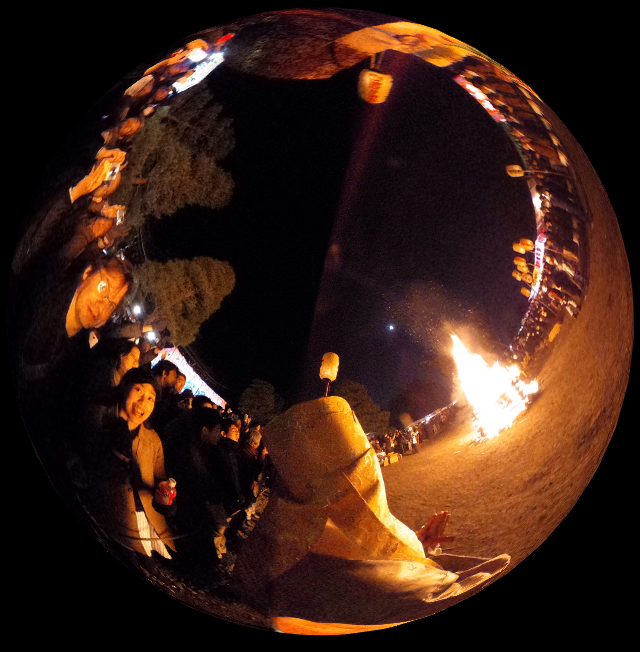
Details and directions:
KyÅgen performances are held in the afternoon at 15.30, 17.00 and 18.30. The temple interior and gardens are open from 9:00 until 16:00. The fires are lit between 20.00 and 20.30. To get there, take Kyoto Bus #71, or #72, and get off at Saga Shakado-mae. The temple can also be reached by taking a 15 minute walk from JR Saga-Arashiyam Station. Here is a MAP.
